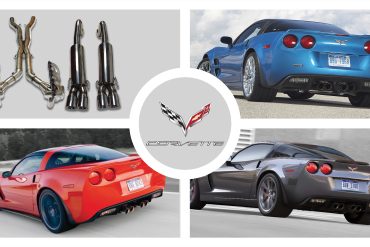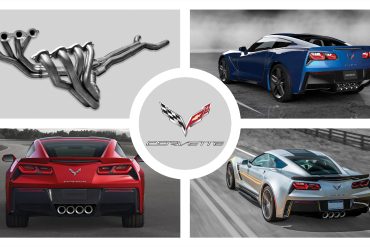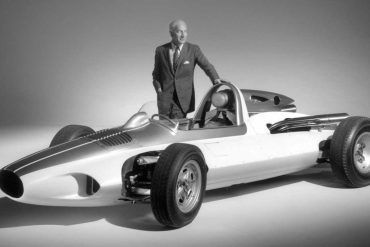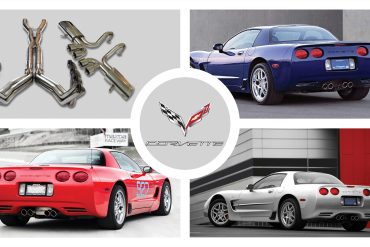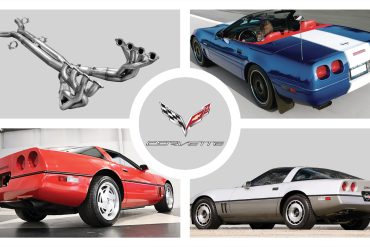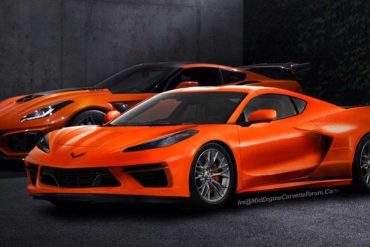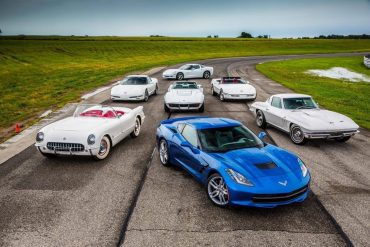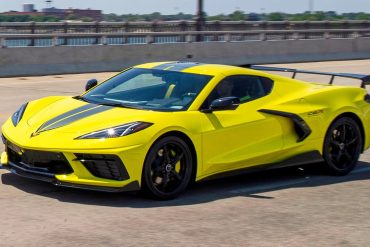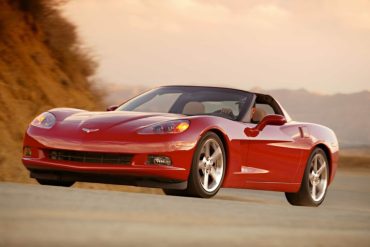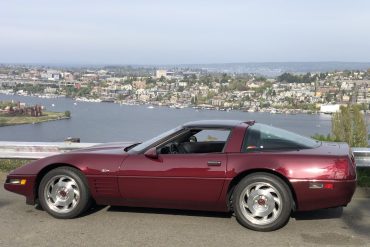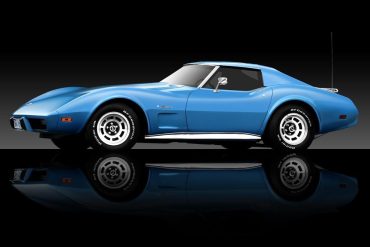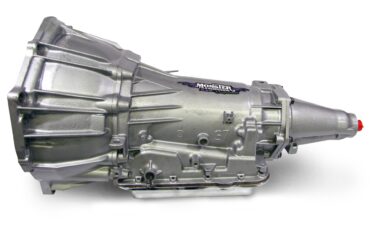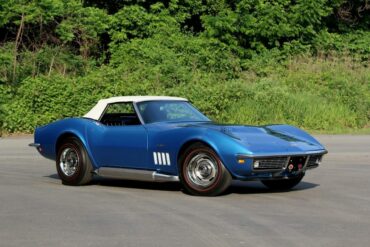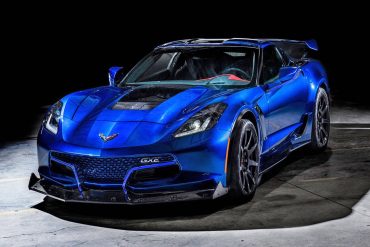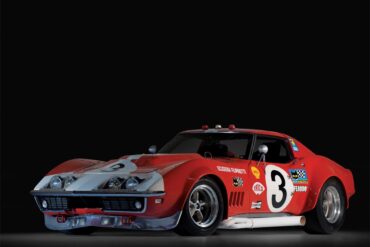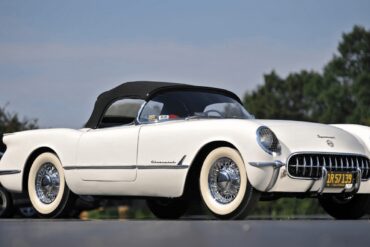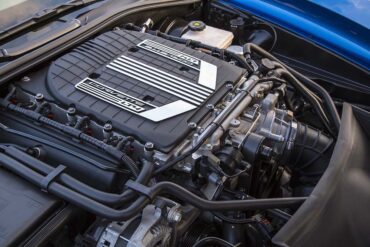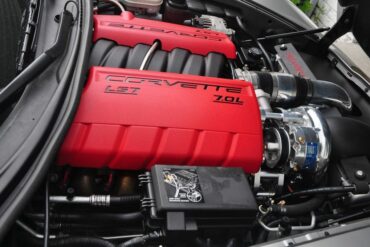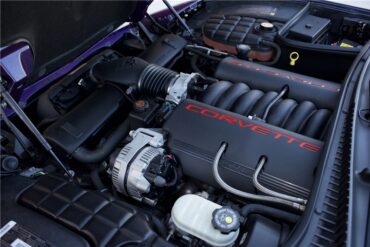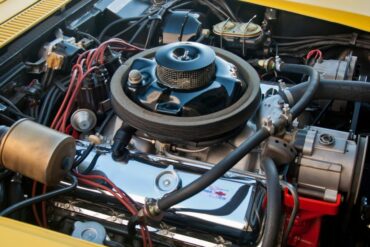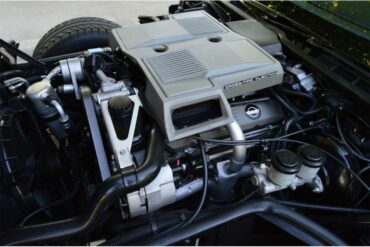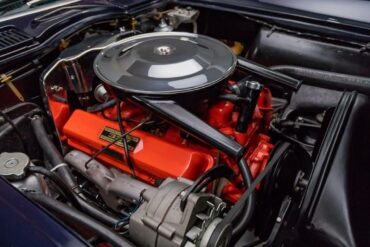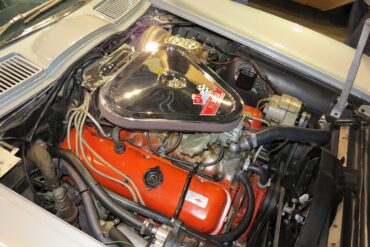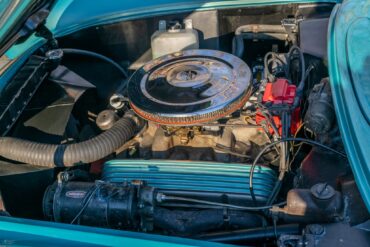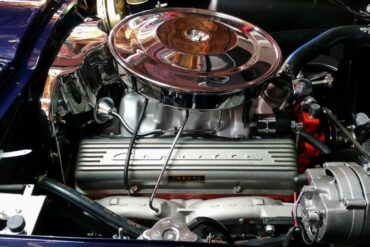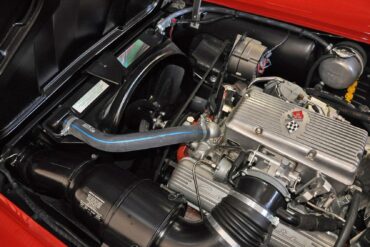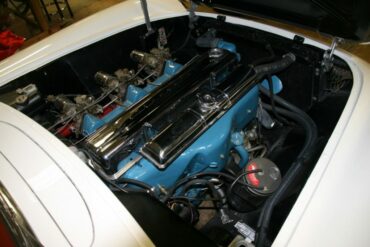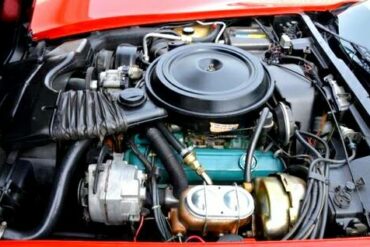These are the best exhausts for 2005-2013 C6 Corvettes. The installation of a custom exhaust provides a great way to...
JoinedNovember 1, 2019
Articles122
Josh Boyd is an ASE certified, career automotive technician with an intense passion for all things mechanical in nature. He resides with his wife and children in Bowling Green, Kentucky, the home of the Corvette. His research-heavy posts have tons of detail. Whenever Josh does not have a wrench in his hand, he can be found in the woods or on the water enjoying the great outdoors.
These are the best exhausts for 2014-2019 C7 Corvettes. The installation of a custom exhaust provides a great way to...
The Corvette has exponentially outlived its early reputation as an underpowered roadster, incapable of handling with the level of agility...
These are the best exhausts for 1997-2004 C5 Corvettes. The installation of a custom exhaust provides a great way to...
These are the top full exhausts for 1984-1996 Corvettes. The installation of a custom exhaust provides a great way to...
Without question, the C8 Corvette is among the most striking of all performance vehicles on the road today. Nonetheless, many...
When the C7 Corvette debuted prior to the 2014 model year, it was quite clear that the newest iteration of...
Immediately following this unveiling, consumers began clamoring at the opportunity to become one of the fortunate few to own their own IMSA GTLM Championship C8. Chevrolet filled all 1,000 orders for the race-inspired commemorative C8 in record time, as production commenced. Those lucky enough to place their order before the mandatory production cap was reached, were treated to a handful of IMSA GTLM Championship C8 variants to choose from.
The C6 Corvette is often praised for its striking appearance and general look of unruly aggression. In short, the sixth-generation...
Few accessories accentuate the C4 Corvette’s natural appeal quite like an attractive set of custom rims. In fact, one’s eye...
Upon its release in late 1996, the C5 became an instant favorite of Corvette enthusiasts and critics alike. The fifth-generation...
Corvette Records You Probably Didn’t Know About The Corvette has made more history than perhaps any other domestic performance vehicle...
Throughout the years, GM design and development staff have outfitted the Corvette with a number of highly potent drivetrain combinations....
In the world of domestic performance cars, few vehicles are as iconic or influential as the Chevrolet Corvette and Ford...
The Corvette line has made great strides since its inception in 1953. In fact, looking back, it is hard to...
Some Cool Corvette Racing Records That Surprised Even Us It’s no secret that the Corvette has achieved more than its...
Our Favorite Corvette Racing Highlights Over The Decades Without exception, the Corvette has proved itself a valid contender on the...
Bet You Have Never Seen These Around In Your Neighborhood In the automotive world, scarcity often drives value. The Corvette...
Many consider the Corvette’s seventh generation to be when GM’s iconic car finally came of age. It was during this time that the Corvette made some of its most extensive performance gains on the road and in racing. These performance gains can be attributed to the development in engine technology during the C7’s production run. The Corvette was offered with several available powerplants, all of which were potent.
GM’s was on mission to engineer a Corvette that built upon the line’s performance legacy. By all indications, this is a mission that was fulfilled. The Corvette’s engine bay was host to several outstanding powerplants during the C6’s run. From the base 6.0-liter LS2 to the ZR1’s beastly 6.2-liter LS9, the C6-era was never short on performance. Corvette finally caught up to European brands.
When the C5 Corvette was finally unveiled critics were quick to notice a thundering new powerplant. It carried the LS1 designation, serving as the C5 Corvette’s base engine for the duration of the production run. Ironically, the C5 Corvette would only ever leave the factory with one of two individual engines. This included the aforementioned 5.7L LS1, as well as the all-powerful 5.7L LS6, which powered the C5 Z06.
The Vette’s performance dropped significantly during the early to mid-1970s, at the hands of newly implemented federal emissions standards, yet it remained relevant. At a point in which many iconic American performance cars fell by the wayside, the Corvette soldiered on. This served as a true testament to many of the memorable Corvette powerplants that were developed during the C3 era.
The C4 Corvette debuted to a frenzy of publicity and would ultimately enjoy a lengthy run, spanning 13 years of production. During this period, GM installed a number of memorable powerplants. Many of these engines proved to be quite innovative in design, even when saddled with newly-mandated emissions equipment of the era. The following is a comprehensive guide to powerplants of the C4 era.
The 327CI small-block V8 was available to consumers in several distinct configurations, all of which produced varying degrees of output. Available in both carbureted and fuel injected forms, the 327CI small-block proved capable of producing anywhere from 250-360 horsepower, depending upon one’s choice of engine code.
By the 1960s the Corvette was beginning to hit its stride, especially in terms of performance. While the GM small-block reigned supreme initially, the 1960s would see the rise of the high-displacement big-block, complete with 400-plus horsepower. This was on par with the times, as the horsepower wars of the muscle car era were in full swing. This resulted in several extremely memorable power plants.
Each Corvette engine is meticulously refined to the point of near-perfection before being greenlit for production. This tradition dates back as far as the Corvette itself—taking root in pre-production efforts of 1952-1953, with the development of the "Blue Flame" inline-six. Amazingly, less than a decade later, consumers could choose to have their Corvette equipped with a 327CI fuel-injected V8.
The 265 cubic-inch small-block served as the jumping-off point for further engine development. Chevrolet spent the following decade perfecting their earlier small-block, which eventually grew in displacement and became a testbed for early fuel injection technology. Further progress was made in 1964, with the release of the L76 V8. This potent small block proved quite reliable while dishing out more than enough horsepower.
In under a decade, GM’s small-block received a substantial boost in displacement while also becoming the standard-bearer for several new internal developments in engine technology. These developments ultimately produced a new crop of small-block powerplants based on Chevrolet’s new 327 cubic-inch engine platform. Of the four 327 cubic-inch small blocks available in 1964, none topped the output of the fuel-injected L84 V8.
Often referred to as the “The Blue-Flame”, the Stovebolt-Six’s performance characteristics were anything but “fiery”. The Corvette, in its earliest form, was often ridiculed for being underpowered. Nonetheless, the Blue-Flame Stovebolt-Six served as the Genesis of Corvette power, if only for a brief period of time.
GM found itself facing a critical question of sorts. Should the industry giant forgo the sale of Corvettes in California during 1980 or attempt to rectify a troubling situation. In the end, buyers in California would be able to purchase a Corvette, albeit with a variation of the same engine that was offered in Chevrolet’s passenger cars of that era, the 305 cubic-inch V8.


